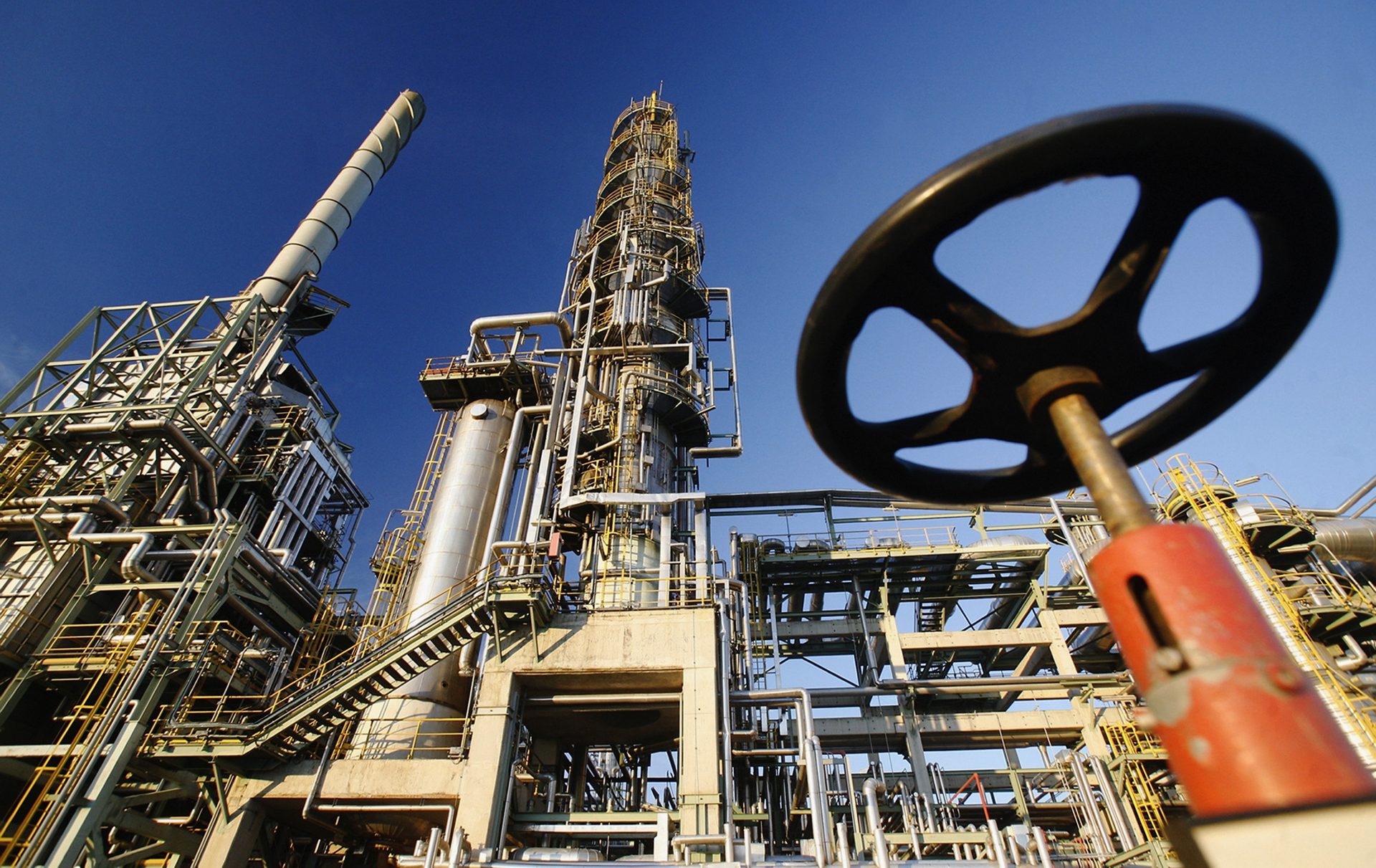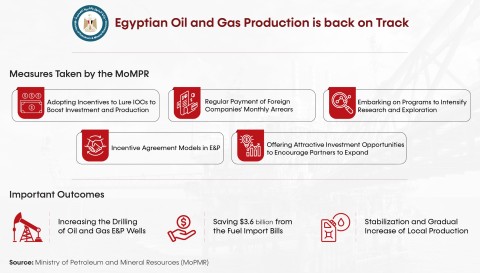Sandwiched between a stuttering eurozone and a recession-ridden Russia and Ukraine, and with the troubled Turkey and Greece to their south, eastern Europe’s economies might not seem, in a literal sense, to be in a good place.
Yet “they are having the time of their lives”, says Marcus Svedberg, chief economist at East Capital, an emerging markets-focused fund house with €2.6bn under management.
“Some of these economies are growing at 4 per cent year-on-year, and others at 3 per cent, and there is no inflation,” adds Mr Svedberg, who says he cannot remember such an advantageous mix in 15 years of covering the region.
“There is good domestic demand, public investment is good and external demand is picking up. It’s broad-based growth as well, there are no major imbalances,” he adds, suggesting this latter point may prove important if and when the US Federal Reserve starts raising interest rates.
Liza Ermolenko, emerging markets economist at Capital Economics, even goes so far as to unleash the phrase “healthy public finances” when referring to the Czech Republic, an expression that has almost disappeared from public discourse anywhere else.
The research house predicts economic growth will double to 4 per cent in the Czech Republic this year, as well as rising from 2.7 per cent to 4 per cent in Romania, from 3.3 per cent to 3.5 per cent in Poland and from 2.4 per cent to 3 per cent in Slovakia.
East Capital’s Mr Svedberg expects the quartet to be the four fastest growing economies in the EU.
Analysts point to a confluence of tailwinds that have converged on the region.
“They are basically leveraging off the rebound in European growth, helped by domestic demand and domestic policy choices,” says Peter Attard Montalto, emerging market economist at Nomura.
While the dead hand of the eurozone may have weighed on eastern Europe in recent years, the recent modest recovery in the 19-nation bloc has been strong enough to lift external demand.
Ms Ermolenko says Poland is likely to see a “steady if unspectacular” rise in exports to Germany, its largest trading partner, while the same factor should allow Slovakia to reverse the slump in its exports witnessed in the second half of 2014.
Mr Svedberg says the region has also benefited from spillover from the European Central Bank’s quantitative easing programme, which he believes has helped push down market interest rates in countries bordering the eurozone, while Slovakia, a member of the eurozone, has benefited directly.
Mr Attard Montalto also sees rising infrastructure and private equity investment flows from the EU.
However, it may be that rising domestic demand is providing a greater boost to core eastern European economies. This is turn has been driven by lower global oil prices.
Analysis by Capital Economics suggests Poland, the Czech Republic and Slovakia all
enjoyed year-on-year falls in fuel prices of about 15 per cent in the first quarter of 2015 (see chart).
These falls are larger than those seen in many other emerging countries. Indeed fuel prices have actually risen in the past year in the likes of Brazil and Mexico, where energy prices are heavily regulated; Indonesia, which has recently abolished subsidies; and Russia, where the slump in the rouble has outweighed the fall in oil prices in dollar terms.
Moreover, spending on fuel accounts for an unusually large share of overall spending in the eastern European trio, at least if the relatively high weighting of fuel in their consumer price inflation baskets (14-19 per cent) is a useful proxy. This means the fall in fuel prices matters more.
And eastern Europeans appear to be spending their windfalls. In the first quarter of 2015, household consumption in the region rose at its fastest pace since 2008 (see chart).
Capital Economics is pencilling in an acceleration in private consumption growth for this year as a whole with, for instance, growth doubling from 1.7 per cent to 3.5 per cent in the Czech Republic.
The oil-induced fall in inflation, which is likely to be well below 1 per cent in the Czech Republic and Romania this year and negative in Poland and Slovakia, has also given the quartet’s central banks ample room to cut interest rates, although Mr Svedberg believes this process is “getting towards the end”.
A potential Greek default and/or the country’s exit from the eurozone is seen as one of the principle risks to the region, although the consequences would be likely to reverberate much further afield.
Among more endogenous threats, Capital Economics points to the possibility of a victory for Poland’s socially conservative, nationalist and eurosceptic Law and Justice party in October’s parliamentary elections as something that could “take the shine” off the country’s longer-term growth prospects.
Mr Svedberg is less convinced, arguing that whoever is in power in Poland, their policies tend to be similar.
As for the Czech Republic, Capital Economies fears the “thorny issue” of potential euro entry could divide the ruling coalition, undermining progress.
Mr Svedberg’s greater concern is that the quartet are not using the breathing space provided by the benign economic backdrop to push through labour market reforms or raise investment in technology and research and development.
“They really have to invest and this is the right time to do it. But I’m not really seeing that”, he says.
Source: Financial Times












